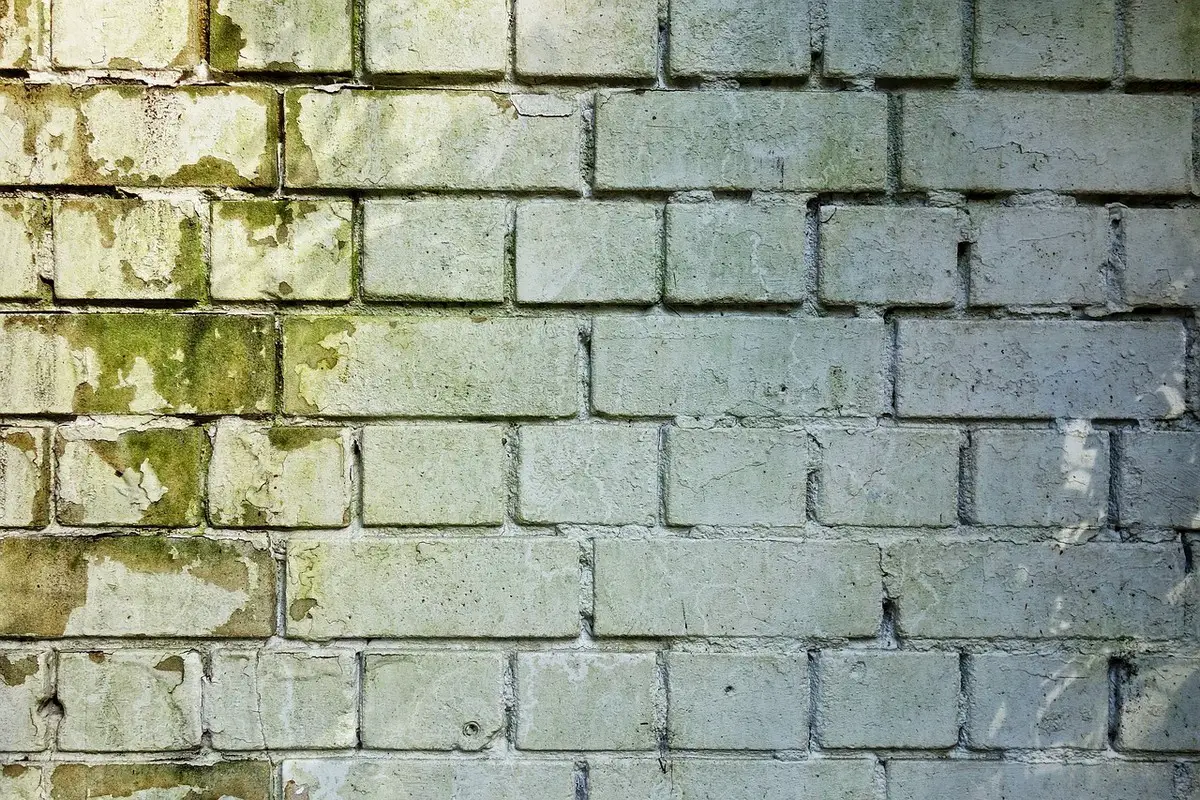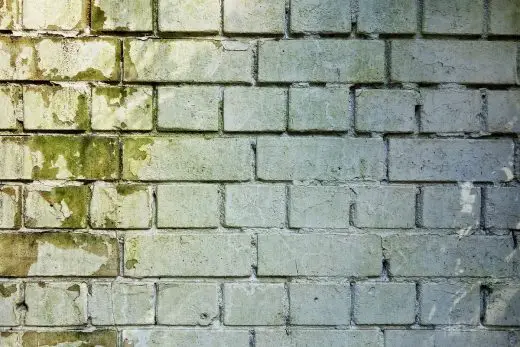5 common types of mold in homes, Building health design tips, Property acremonium toxic advice
5 Common Types of Mold in Homes help guide
9 Jun 2021
Mold is a fungus, and it grows practically everywhere on Earth. Lately, mold has become a hot issue because of increasing knowledge about its potential health hazards. People aren’t sure how many mold species there are, but guesses range anywhere between tens of thousands to over a few hundred thousand. Some of these various types aren’t hazardous to human health, while others lead to chronic and critical health conditions.
5 Common Types of Mold in Homes and How to Dispense with Them Safely
While addressing any mold growth in your home, it’s crucial to know which type of mold you’re dealing with. Here is a look at 5 of the many types of mold you may face at home or work. Knowing about the various forms of mold will help you in understanding mold types that may be already in your home, so you know how to get better rid of them:
- ACREMONIUM
Acremonium mold is a very toxigenic mold type that results in its appearance over time. It first starts as a little moist mold that turns into a fine sandy substance. Acremonium mold is more often pink, grey, orange, or white. Acremonium grows in household systems and areas such as compression from humidifiers, cooling coils, drain pans, and glass sealants.
Exposure to acremonium is hazardous, and it can lead to infection in the bone marrow, immune system, and even other organs.
- ALTERNARIA
Alternaria is the most popular form of allergenic mold in the whole world. It’s a velvet-textured mold with brown or dark green hairs. It grows wherever dampness occurs. In homes, this is normal in showers, bathtubs, and below leaking sinks. Alternaria is also a simple mold species that appears due to water harm to a home or building.
As an allergenic mold, Alternaria produces asthma-like symptoms, including the upper respiratory tract, nose, and mouth. Because it proliferates, it’s necessary to remediate Alternaria mold quickly before it reaches other parts of the home.
- ASPERGILLUS
Aspergillus is a natural mold found in most American households. It has long flask-shaped spores that can simply form thick layers or walls of the mold. This includes long chains of mold growth on surfaces. Because there are over 186 species of aspergillus mold, it can develop in many various colors.
Aspergillus is an allergenic mold, but it can grow more toxic depending on the species and the conditions affected. It can lead to many symptoms, such as asthma attacks, lung infections, and respiratory inflammation. Assured aspergillus mold species can produce aflatoxins, a known and dangerous carcinogen.
- AUREOBASIDIUM
Aureobasidium is an allergenic mold that can seldom be found growing behind wallpaper or covered or wooden surfaces. Aureobasidium usually occurs in pink, brown, or black color. As it ages, aureobasidium typically acquires a darker brown color.
The primary health risk of aureobasidium is its ability to produce infections of the eye, skin, and nails. Because of its potential to cause dermatitis, it should never be touched suitable with bare skin.
- CHAETOMIUM
Chaetomium is a mold usually found in water-damaged homes and buildings. Chaetomium has a cotton-like fiber and usually changes colors from white to grey to brown and black. Chaetomium mold is generally found in a damp or leaking roof, basement, or sink and maybe recognizable by its famous musty odor.
Chaetomium mold causes many health effects, such as skin and nail diseases. In some cases, it can produce mycotoxins that are very dangerous in people with compromised immune systems – for more information on the inherent symptoms, you should check out this excellent article: Black mold symptoms in adults. It is necessary to repair the cause of water pollution in your home because it gets in chronically moist conditions.
This simply means you need to be aware of where to find it. Chaetomium mold can develop in places such as your roof, basement foundation, or leaky pipes. Cutting off the damp problem at the source will stop this mold type from returning repeatedly.
In order to get rid of these mold types successfully, it is always a better idea to ask for professional help. Specialists from Mold Solutions know how to work with this dangerous species and remove them safely from your household.
They are working in a number of cities and areas, including Seattle, Bellevue, Kirkland, and surrounding areas like Western and Eastern Washington. Make sure you get in touch with them on time to protect yourself and your loved ones.
Comments on this guide to 5 common types of mold in homes – How to Dispense with Them Safely article are welcome.
Mold
Home Mold Posts
Mold Remediation For a Cleaner Home
Choose best mold testing service provider
To Protect Your Home From Mold And Mildew
Building
Residential Architecture Articles
Comments / photos for the Guide to 5 common types of mold in homes advice page welcome






